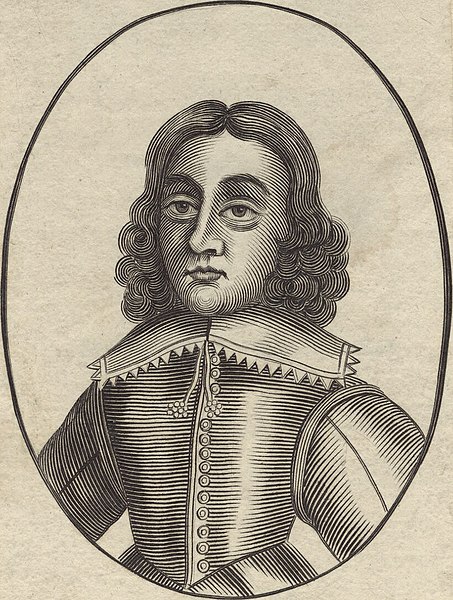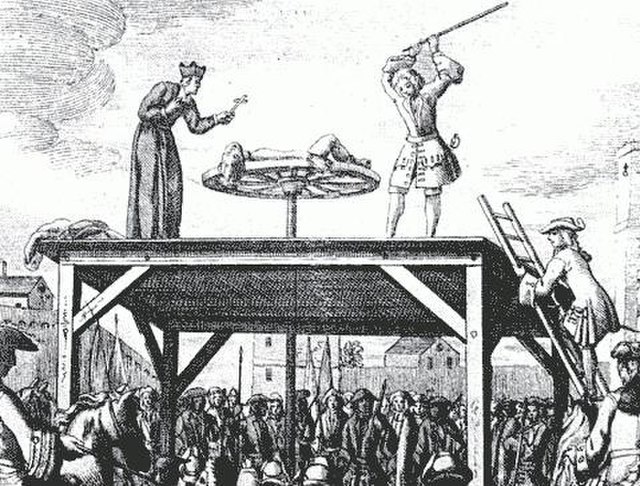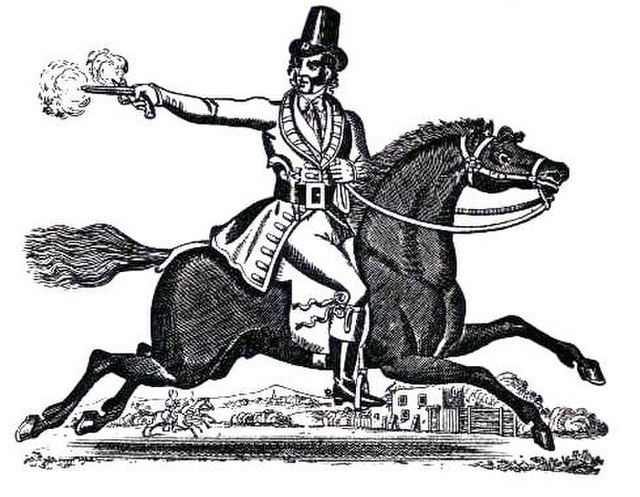Klephts were highwaymen turned self-appointed armatoloi, anti-Ottoman insurgents, and warlike mountain-folk who lived in the countryside when Greece was a part of the Ottoman Empire. They were the descendants of Greeks who retreated into the mountains during the 15th century in order to avoid Ottoman rule. Klepht bands also included many ethnic Albanians. They carried on a continuous war against Ottoman rule and remained active as brigands until the 19th century.
Dimitrios Makris, a Greek klepht chief of the 19th century.
Antonis Katsantonis (Greek klepht) by Theophilos Hatzimihail.
A highwayman was a robber who stole from travellers. This type of thief usually travelled and robbed by horse as compared to a footpad who travelled and robbed on foot; mounted highwaymen were widely considered to be socially superior to footpads. Such criminals operated until the mid- or late 19th century. Highwaywomen, such as Katherine Ferrers, were said to also exist, often dressing as men, especially in fiction.
Asalto al coche (Attack on a Coach), by Francisco de Goya.
English highwayman James Hind depicted in an engraving now in the National Portrait Gallery.
The execution of the French highwayman Cartouche, 1721
Dick Turpin riding Black Bess, from a Victorian toy theatre.






